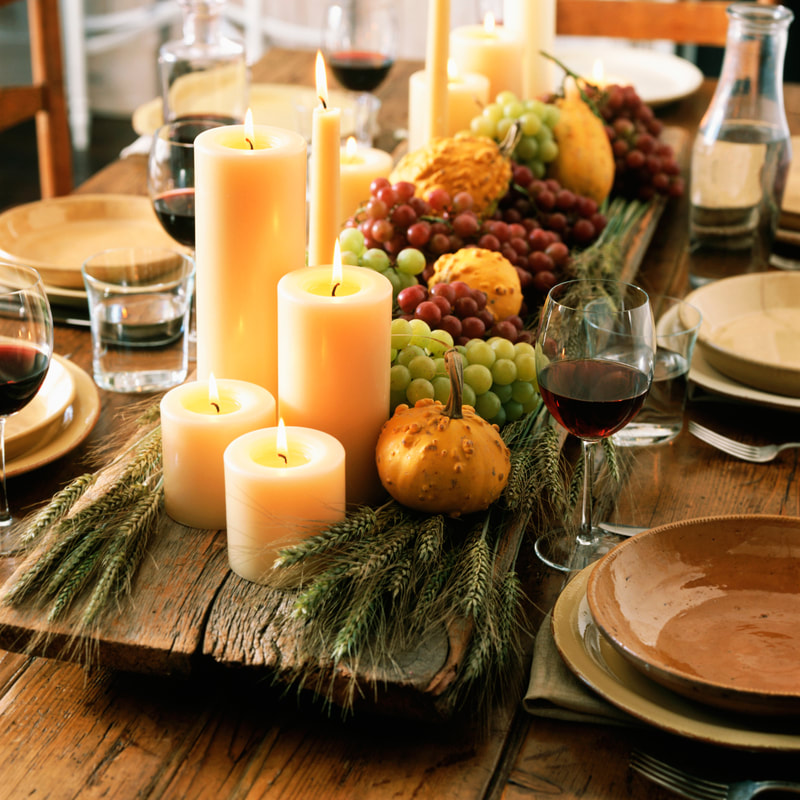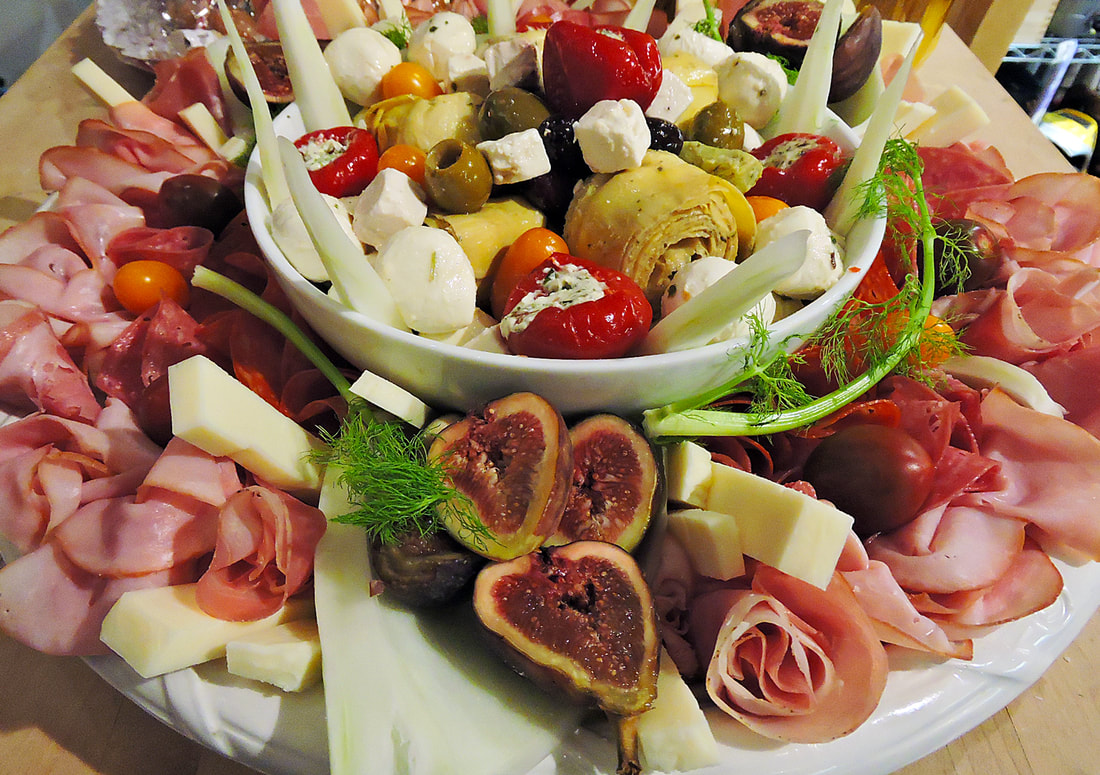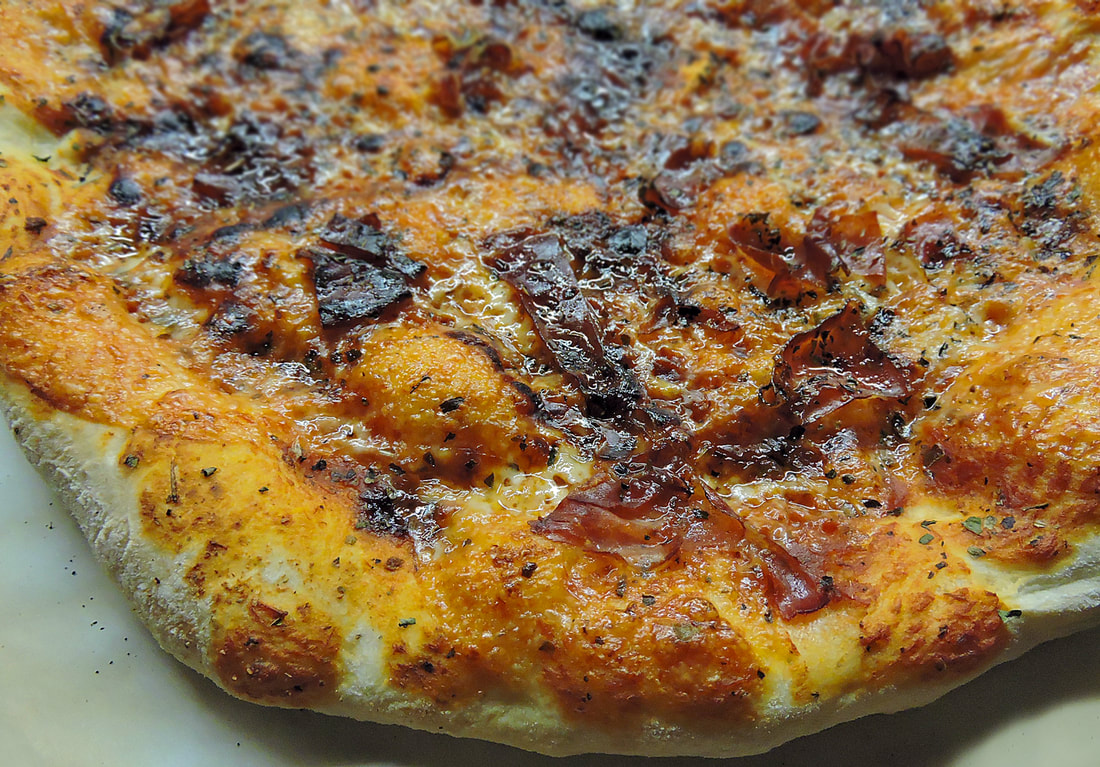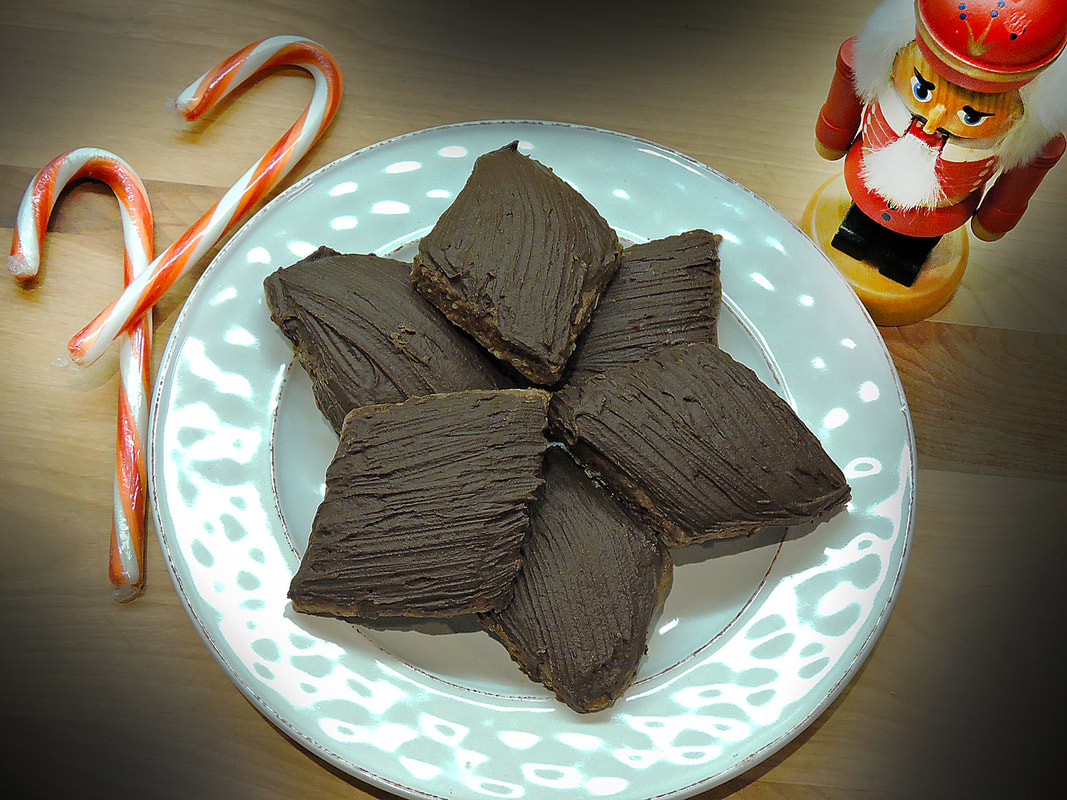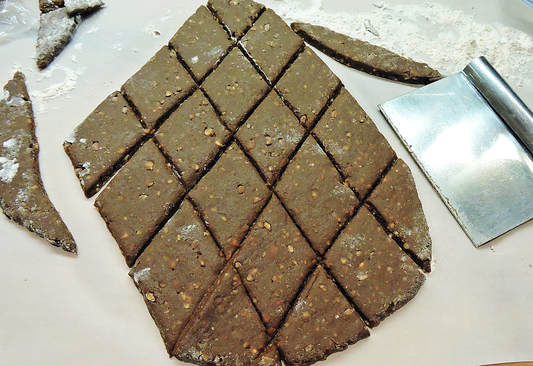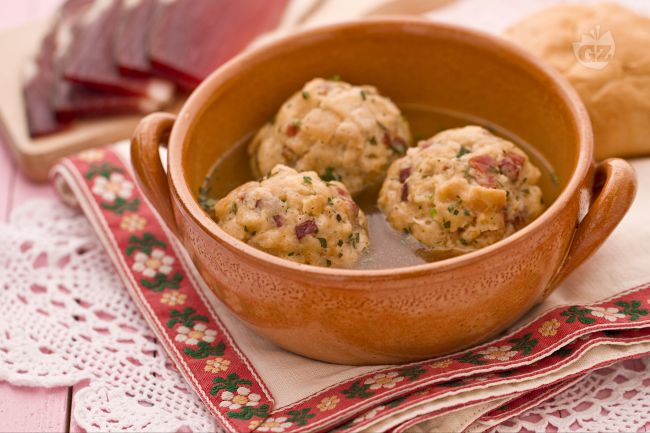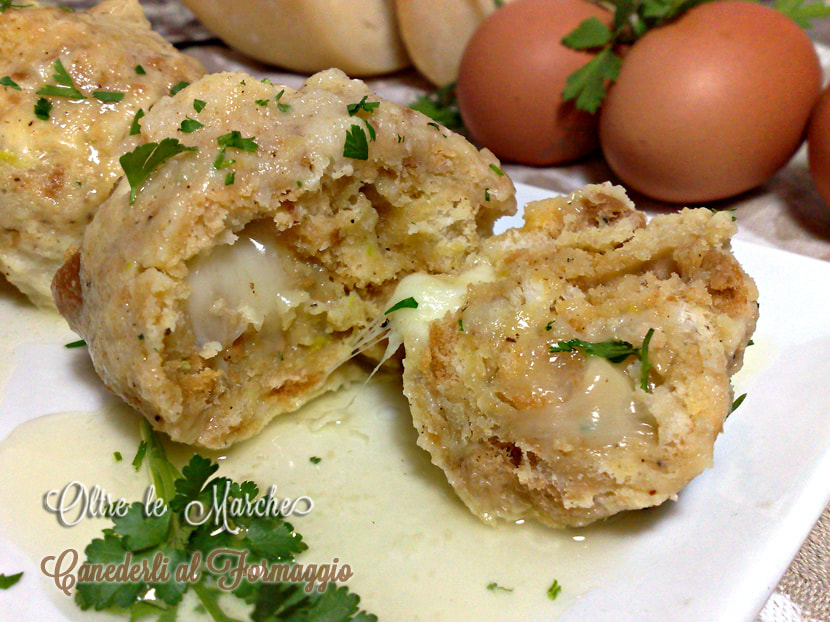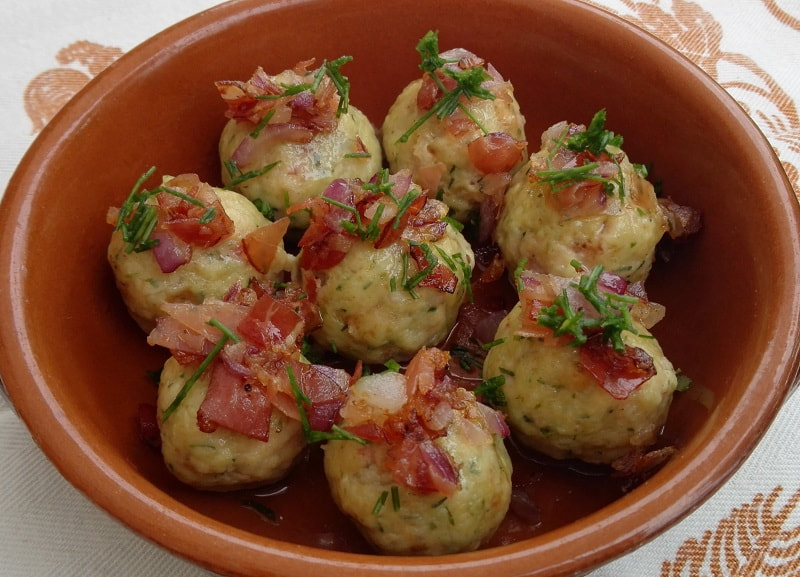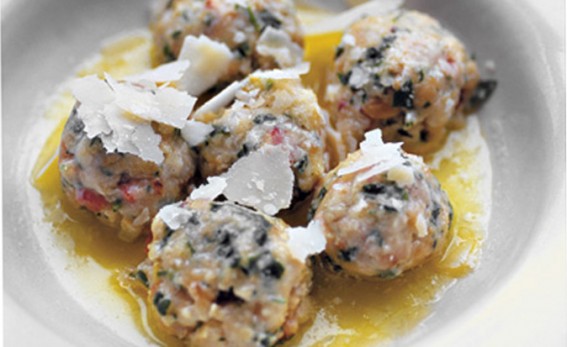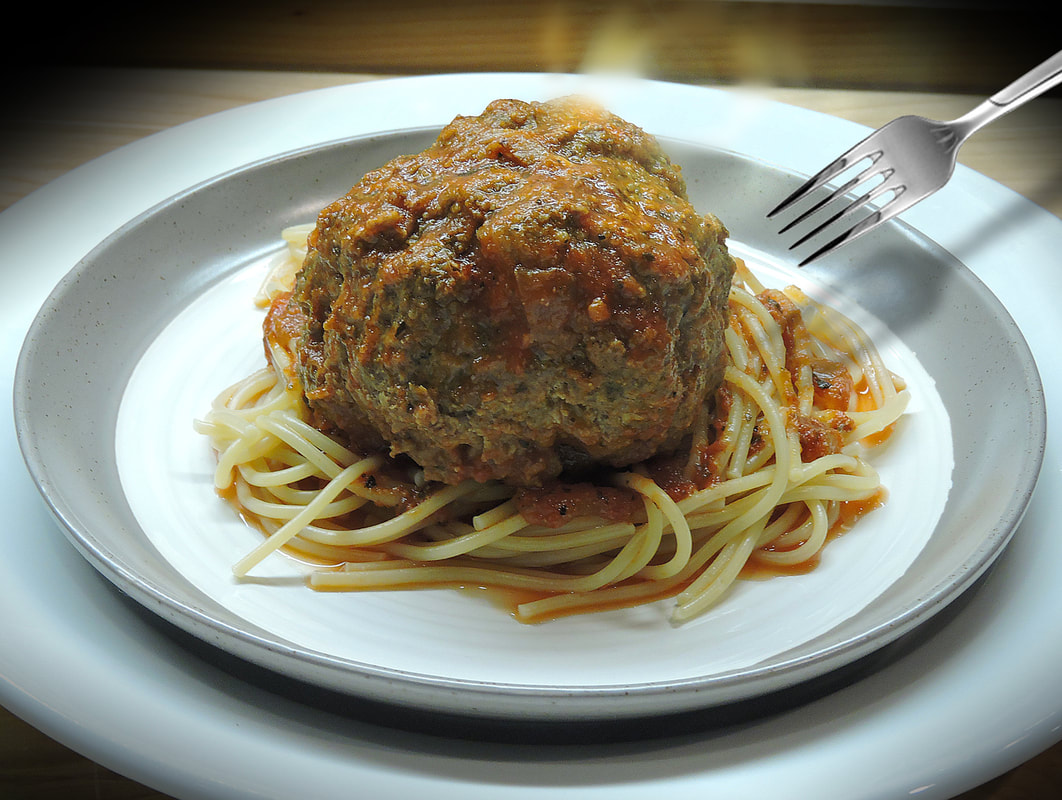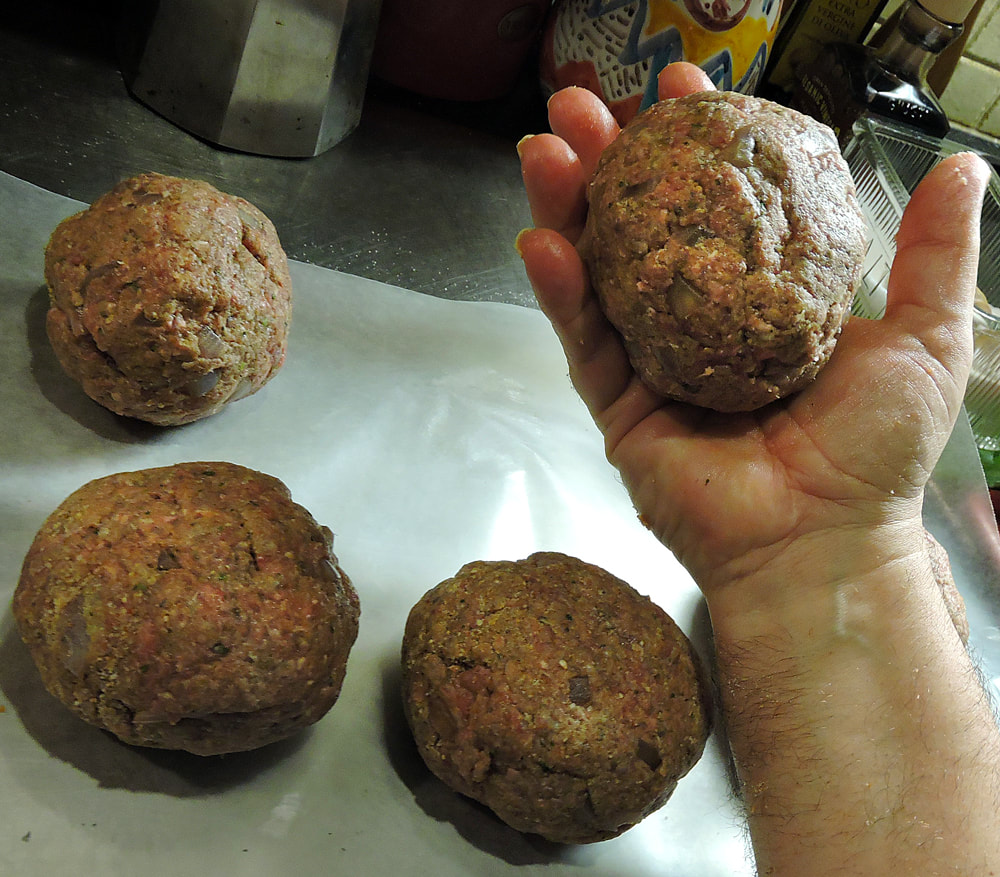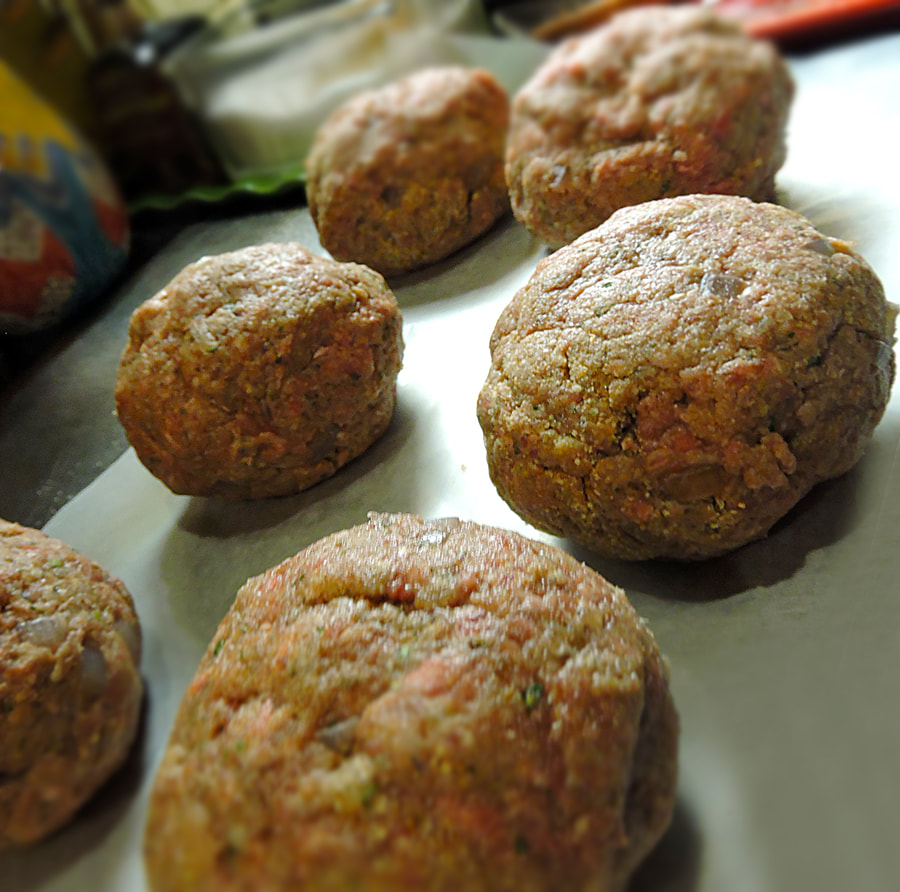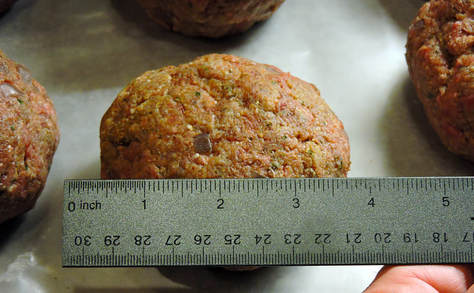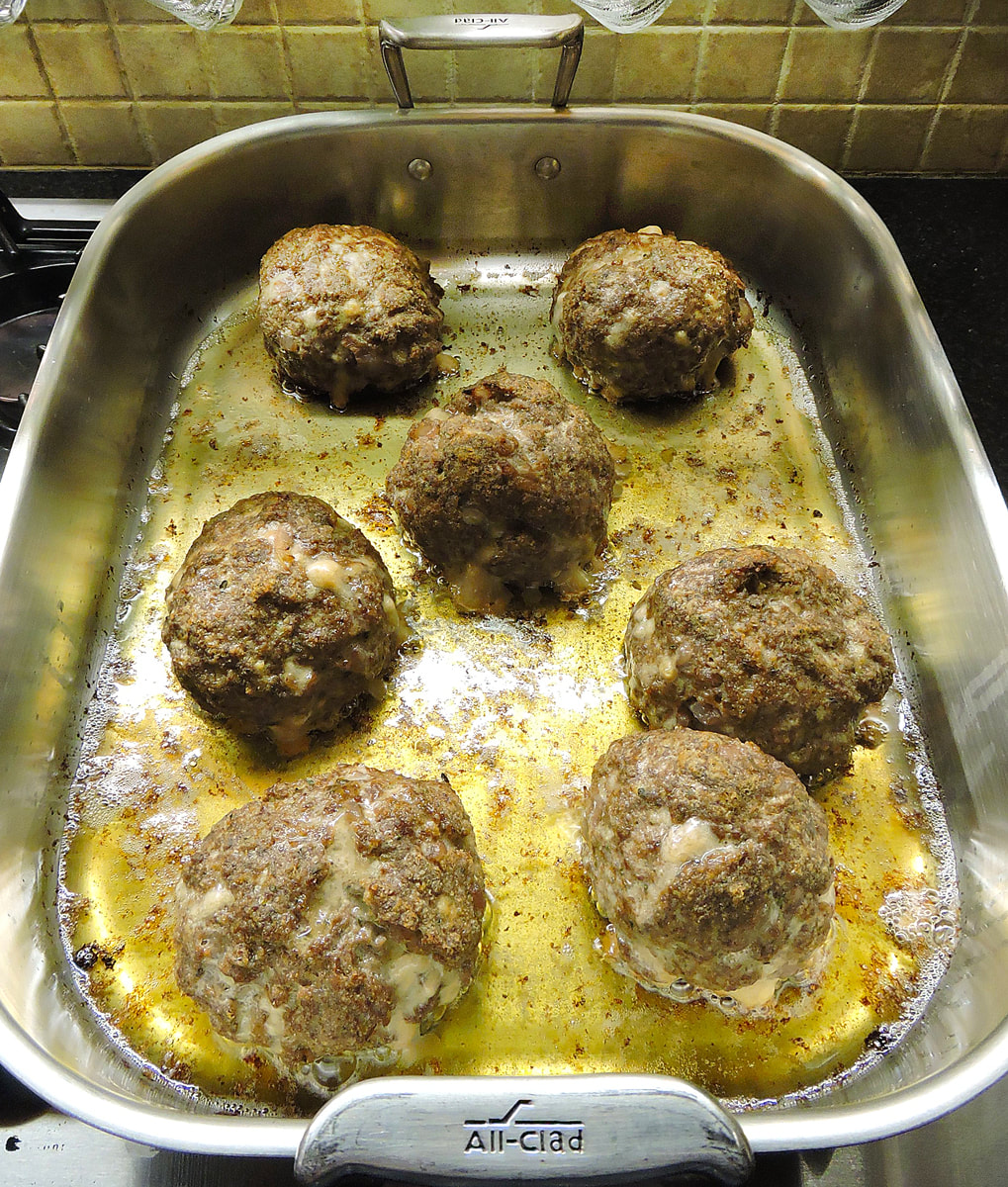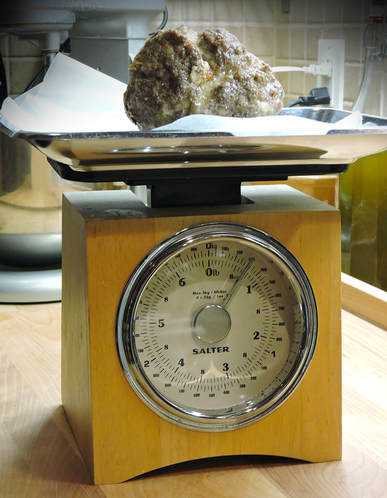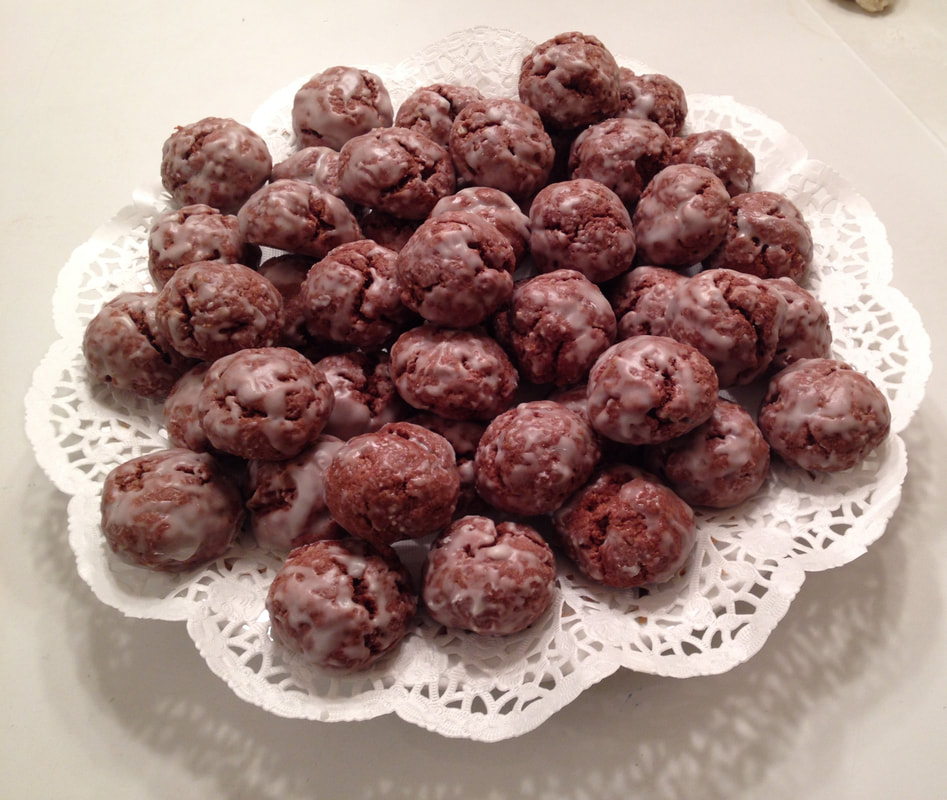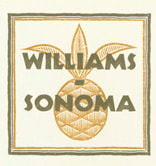|
In Italy, one important tradition is completing the dinner with dried fruit and grapes. But the uva (grapes) represent something... according to tradition, having grapes on the table during New Year’s ensures that those sitting at the table will be wise and frugal spenders of money. This is based on the idea that one must exercise significant willpower in order to conserve grapes taken from the fall grape harvest without eating them until Capodanno (New Year's Day). This simple sacrifice means that through willpower, you will be wise and frugal during the coming year.
We had some close friends over on Christmas Eve, so I thought I'd put together an old school antipasti tray, just like my Dad used to make at the deli where he worked. There was an assortment of sweet ham, speck (smoked prosciutto), hard salami and pepperoni. I lucked out and found some ripe, sweet figs and a wonderfully crisp finocchio (bulbing fennel). The cheeses were bocconcini (mozzarella balls), provolone and ricotta salata. Some blue cheese stuffed peppers, tomatoes and artichoke hearts completed the picture.
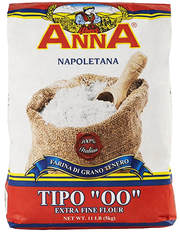 I make many types of pizza... Chicago deep dish, New York style, Neapolitan thin crust, traditional square Grandma's pizza and more. I will change up the flour I'm using depending on what type of crust I want to achieve. For most, I use a combination of all-purpose and bread flour in a ratio of about 1:3. But when I want a crispy, thin crust pizza--like we had throughout Italy--I use 100% Italian style "Tipo 00" flour. Tipo simply means "type". (Click the photo at right to see it on Amazon). An ideal Italian pizza is thinner in the middle, with a rim that puffs up to afford a crust that gives a second experience to eating pizza. It's like having pizza with the toppings along with an airy, bubble filled bread around the edges. Both should be foldable, but the bottom of the crust should make a drum sound when flicked with your forefinger. Many Italians actually fold a 12" pizza in half, and then again into quarters to eat like a panino. Flour designated as "00" is ideal for pizza for a couple of reasons. For one thing, it's very finely ground--almost like talcum powder. I can feel the grit of bread flour in between my fingers but "00" feels silky smooth. It also has a lower protein, and thus lower gluten content than other flours. There are even finer flours milled--"000" and "0000"--but these tend to be lower in gluten and thus are used more for cakes and pastry. But "00" flour has enough gluten support air bubbles in the dough, but not too much, which makes pizza dough much easier to handle. The rule is, the lower the protein, the lower the gluten, which means a dough that is much less elastic. For instance, at the other end of the spectrum, if you tried to make a pizza dough using 100% whole wheat flour, you would have a difficult time keeping your dough stretched out flat. The higher gluten makes it so elastic it would keep shrinking back smaller. (The reason why wheat pizzas are usually a mix of wheat and bread or all-purpose flours.) Using "00" flour is a dream when making pizza dough... the stuff is so supple and smooth and easy to handle. Take the pizza pictured above... I was able to make the center of the round paper thin while the crust was nice and thick. After baking, the center was stiff enough to hold out straight when held New York style--folded at the crust. But the perimeter crust was puffy and full of air, like a light focaccia. 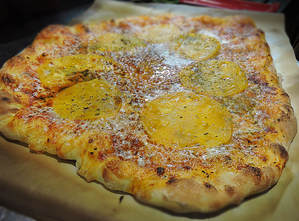 Another pizza made with "00" flour - Heirloom yellow tomatoes Another pizza made with "00" flour - Heirloom yellow tomatoes As for the pizza itself in this case... It was delicious. I made sure to keep the dough on the sticky side which adds to its tenderness. When shaping the pizza round on the board I simply dust the dough (and my hands) with only enough flour so I could handle it without sticking to my hands. I patted the middle very thin and used the heel of my palms to form a thick crust at the edges. The sauce was simple: crushed tomatoes, red pepper flakes, basil, EVO and a tablespoon or so of sugar. The toppings were thin sliced provolone cheese, and thin-sliced Speck, a type of smoked prosciutto. The next time you're thinking of making pizza at home, get a bag of "00" flour and give it a try. Handling such a soft, supple sough is almost an erotic experience. (I said "almost".) --Jerry Finzi 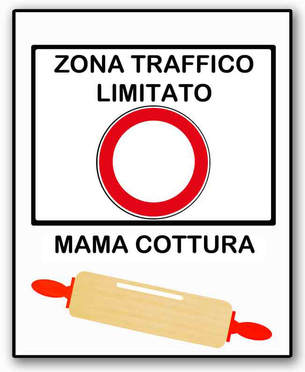
Every holiday season, my wife Lisa bakes. And bakes. And bakes. We've even made a special sign for our kitchen for these turbulent times... Translated, the sign says "Limited Traffic Zone, Mama Cooking". It's often tense when she's trying new recipes and techniques, so Lucas and I have learned to stay out of harms way. I mean, after all, there are many big chef's knives and large mattarelli (rolling pins) in our kitchen!
This year, we put the sign up again, knowing things might get a bit tense--Lisa was trying several new traditional Italian recipes. This time, she was making an authentic spiced cookie recipe: Mostaccioli. This cookie can be thought of as an Italian gingerbread. There are two basic types: one for forming and sculpting cookies shaped like animals, angels and the like; and the other, a diamond (or rhombus) shaped, chocolate coated cookie. 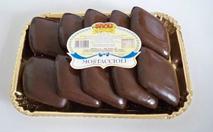
Oddly, in Italy, not many people make this cookie any longer, but buy them at Christmas in cellophane wrapped trays--factory made. Lisa wanted to make a traditional, authentic recipe... just like her Sicilian grandmother would have made back in Corleone, where it might have been called mustazzoli in local dialect.
Traditionally, Sicilians use either vino cotto or honey to make these cookies. Many others will use a mixture of honey and grape juice. Grape molasses is available in Middle Eastern grocery or specialty food stores, but Lisa simply used a good quality honey.
Ingredients
Directions
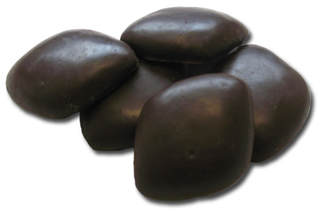
In this recipe, Lisa wanted a rustic bark texture, so she brushed on her melted chocolate. But if you want a more traditional, super-shiny coating, you'll need to learn how to properly temper your chocolate. Here's a great article by King Arthur Flour on tempering chocolate for a shiny coating.
With mostaccioli, you can either place the cookies on a cooling rack and pour the tempered chocolate over them using a large spoon, or using a small spatula or tongs you can dip your cookies into a bowl or measuring cup into your tempered chocolate. I highly recommend leaving a couple of your Mostaccioli out for Babbo Natale along with a mug of cioccolata calda on Christmas Eve. Buon Natale! --Jerry Finzi Well... Almost. Canederli are bread dumplings found in the north-east of Italy (Trentino-Alto Adige, Friuli, and part of the Veneto), typically served in beef broth, dry or with a sauce. They are made using stale bread, milk, onions, parsley, eggs and a little flour. Often they are stuffed with speck (a smoked prosciutto), cheese, mushrooms or pancetta. You can also serve them as a side with sausages. Canederli with Speck
Ingredients 1/2 pound of stale bread 2 eggs, beaten 6 ounces diced Speck 1 medium onion, diced 6 cups milk fresh parsley 4 tablespoons butter, softened 1 tablespoon flour pinch nutmeg Pinch salt Instructions
My dad, Sal was a great cook. He loved food and worked with it every day, starting out selling produce down by the Hoboken waterfront with his brother Anselmo and their "three-legged (lame) horse " and cart. Later on he worked as a greengrocer and as a deli man. He even grew food in our tiny backyard garden--especially tomatoes. When his customers saw him around the county, they'd shout out "There's My Baloney Man!" My Mom did all the daily cooking--soups, chicken, pastas and all that, but my Dad did the special meals: Thanksgiving turkey, Christmas Baked Ham, Roast Beef and lots of other Italian specialties like smelts, fried eel, and quick lunches like his "potatoes and egg" frittata. He was always great at making something from pretty much anything he found in the fridge. But what I loved best was the way he made fist-sized meatballs in the deli. Only one of them would fit into a pint sized container. It was always a special treat when he brought some home. One of these giants on a plate with spaghetti was a feast--one meatball equal to about 4 or 5 the way my mother made them. No need to ask for any other meatballs--one was certainly more than enough. Once every few years, in honor of Dad, I set out to make his meatballs, his way. His size. In this recipe, we used about 4 pounds of beef--ground chuck. You can use your own family's meatballs recipe or ours HERE. The ingredients would need to be increased to account for the 4 pounds (if you're making a lot), or simply make less meatballs. Four pounds would give you from 6-8 giant meatballs--2 pounds, probably 4 meatballs.
In the bottom of a roasting pan, I placed light olive oil, about 1/4" deep. The meatballs are placed in the pan and brushed with Extra Virgin Olive Oil to help the browning. The oven should be pre-heated to 450 F at first, then roasting the meatballs, uncovered for about 30 minutes. Next, cover lightly with foil and turn the oven down to 350 F and bake for another 30-45 minutes (ovens vary). Check occasionally to ensure the bottoms aren't burning. Turn the meatballs over a few times if necessary. You want them nicely browned, or until the internal temperature reaches 165 F (using an instant digital probe thermometer). After the meatballs are done, you can serve over pasta with some of your tomato sauce, or place them into a large pot of your Sugo (Sunday Gravy) to flavor the sauce. You can also cut up one meatball to make a large meatball hero (sub) sandwich, topped with grated parmagiano and toasted in the oven, or smash one with sauce and sliced provolone cheese inside a large flatbread, like the type used to make a muffaletta sandwich. You might also serve half a meatball, cut side down on separate plates with pasta for an intimate supper... calling the half-moon dish Mezzaluna. "When the Moon Hits Your Eye... That's Amore!" No matter how you enjoy them, you'll love making these huge polpette--my dad, Sal's Giant Meatballs. Buon appetito! --Jerry Finzi (Share this post with your friends!) Chocolate Spicy Meatball (Biscotti)
Ingredients 1/3 cups granulated sugar 1/2 cup cocoa 1/2 tsp. baking soda 3 tbsp. baking powder 5 cups flour 2 tsp. cinnamon 2 tsp. ground cloves 2 tsp. nutmeg 1 tsp. salt 1 cup chopped walnuts 3 cups (18 oz.) semi-sweet chocolate chips 3 eggs, slightly beaten 1/2 cup corn or canola oil 2/3 cup milk Directions
Icing Combine 2 cups confectioner's sugar, 1 tsp. vanilla extract and enough milk to make a thin (but not too thin) icing (approximately 2 tbsp.). Mix until smooth and drizzle over cooled cookies or dip tops of cookies into icing and let stand until dry. |
Archives
May 2024
Categories
All
|

